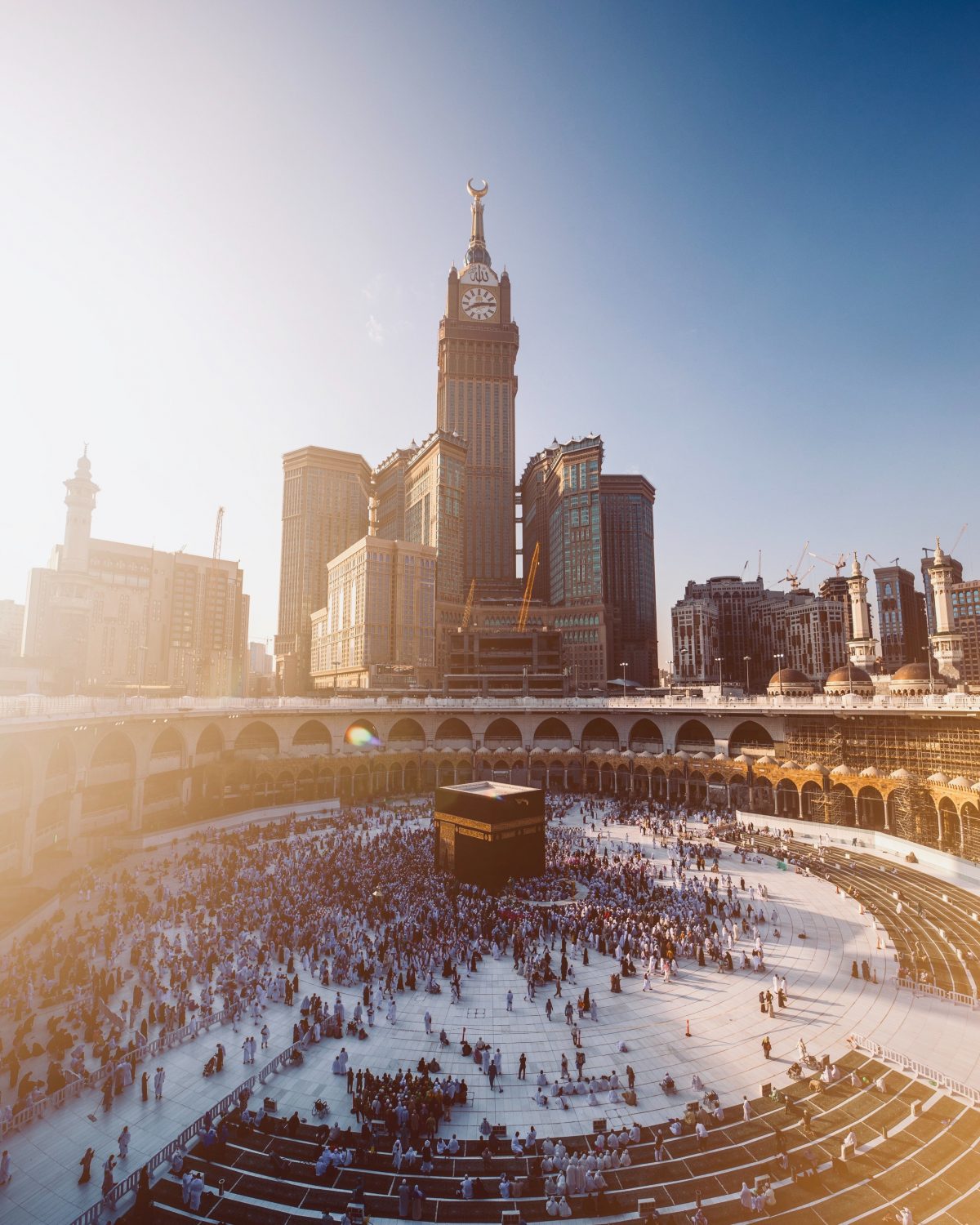Every human soul, before entering this world, witnessed and testified the most fundamental of all truths – that Allah is the One and Only Lord: “[Allah asked], ‘Am I not your Lord?’ They said, ‘Yes, We testify.’ Lest you should say on the Day of Resurrection, ‘we were indeed heedless of this’.” (Holy Quran 7:172).
This testimony is composed of two essential truths that relate symbiotically: The first is that Allah owns the title of Lord, and the second is that He is our Lord and we are subservient to Him. This intuitive equation makes up the very fabric of our existence in this universe; the simplicity and conciseness of Allah’s question and our testimony in the verse reflects the primordiality of the testimony as the most basic and essential purpose for our existence.
Allah’s caution at the end of the verse (“Lest you should say… ‘we were indeed heedless…’”) suggests a third component that links the first two together: between our moment of witnessing and the Day of Judgement, we are expected to do something with our testimony, and to translate it into action before we meet our Lord again. In other words, Allah’s Lordship and our slavehood to Him are not just truths to accept, but ways of being that need to manifest in our everyday life.
The Hajj is a symbolic representation of how our slavehood to Allah should manifest, and what it should involve. Through its detailed rituals and stages, the Hajj embodies notions of leaving behind all that stands between one and Allah, acknowledging Allah’s perfect attributes and one’s shortcomings, seeking forgiveness, fighting one’s lower self and the shaytan, and committing to a life of constant remembrance of, and return to the One. It is only by practicing these aspects, symbolised in the Hajj, that one can begin to actualise true slavehood to Allah and, thereby, practically acknowledge His Oneness. This essay endeavours to explore some of these notions in detail.
Let us begin exploring this symbolism with the beginning of the pilgrim’s journey, when one must set the intention to perform the pilgrimage for the sake of nearness to Allah, wear the correct clothes in a state of cleanliness, and recite the Arabic of the following Talbiya: Here I am [answering your call], O Allah, here I am. Here I am, You have no partner…
It is notable that the opening of the Hajj journey begins with a stripping away of worldly identities, cultures and ranks implied by what one chooses to wear; as all Muslims perform ablution and wear the simple, white uniform of Hajj, they symbolically leave behind the different worldly apparels whose shades deviate from the primordial, clean white that reflects our original moment of witnessing. Only upon entering a state of clean ihram does the pilgrim repeat, “I am here”. This begs a likeness to Islam’s rudimentary statement of bearing witness to the Oneness of Allah, La ilaha ila Allah (There is no God but Allah); this proclamation first removes all shades of polytheism before announcing Allah’s name on a clean slate of Oneness, mirroring the way the pilgrim first cleans and dresses correctly before approaching the House of Allah.
The symbolism of Oneness is only strengthened further when the pilgrim circumambulates the Kaaba. The circularity of the circumambulation (tawaaf) symbolises the circulatory of our journey from Allah to Allah, beginning with our moment of witnessing that He is our Lord, and ending at our return to His Supreme Court. That this circular movement is punctuated by the talbiya is a metaphor for slavehood to Allah in constant action throughout the journey of life. it is also a metaphor for humankind’s constant inner yearning to be with Allah as our Lord and our only refuge of peace and serenity. The tawaaf can therefore be seen as a pressing reflection of the verse, “There is no refuge from Allah except to Him” (9:118), which captures the circulatory of our slavehood to Allah in a fusion of fear from His wrath and yearning for His inner company and refuge.
This exchange between fear and hope is an integral product of understanding Allah’s Oneness through His attributes, which encompass both His Might and His Mercy. In fact, the diversity of Allah’s attributes is itself a form of circular Oneness, as mercy would be incomplete without its binary, and Allah’s Lordship would be incomplete – glorified is He – if it did not entail all attributes that are required for all situations. Therefore, an important component of slavehood to Allah is realising that one’s relationship to Him is governed by fear and hope.
A pertinent embodiment of this understanding is through the pilgrim’s travelling seven times between the hills of Safa and Marwa, enacting the actions of Lady Hajar when searching for sustenance for her baby Ismail. According to some hadith books, Imam Jaafar al-Sadiq is narrated to have advised that the pilgrim should recall his oscillation between fear of Allah and hope for His mercy when travelling between Safa and Marwa (1). Fundamentally, this travelling thus becomes a witnessing of Allah’s attributes, and an acknowledgement of how these attributes shape our intimate relationship with Allah as our Lord.
It is in this way that the meaning of the word Hajj is indeed fitting. Relating to the Arabic word ‘hujja’ which means ‘a proof’ or ‘convincing evidence’ (2), the Hajj is practically as well as semantically a witnessing of truth. Even in its name lies its basic purpose of returning to our first moment of witnessing the most essential truth of this universe – the Oneness of Allah, our Lord, and translating this truth into a way of self-purifying slavehood to Him.
References
Holy Quran
1.Alreshary, M. “Alhajj wal’umra fil-kitabi wassunah”. Page 264, Shia Online Library.
2.Abdal Hakim Murad, “The Fifth Pillar”. https://www.youtube.com/watch?v=LKvJLdjWME8
By Abrar Abdu-Ridha as part of Kalima Institute’s Dhul Hijja Project.






